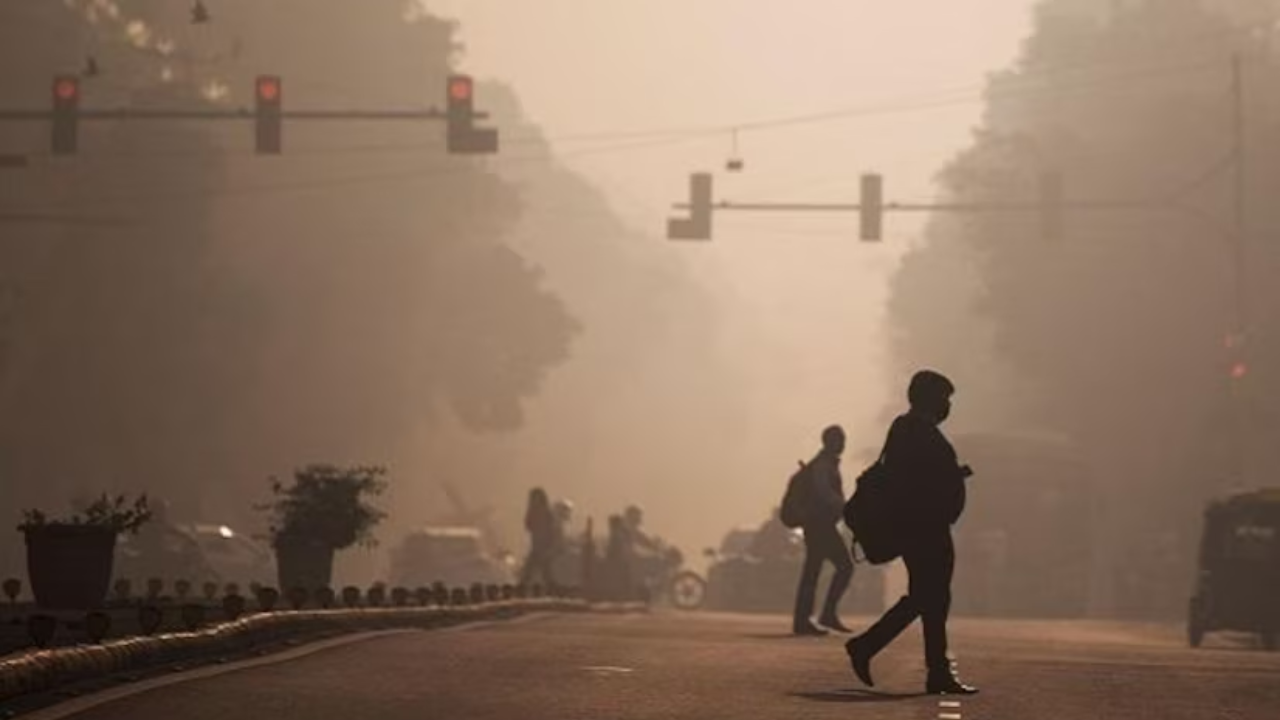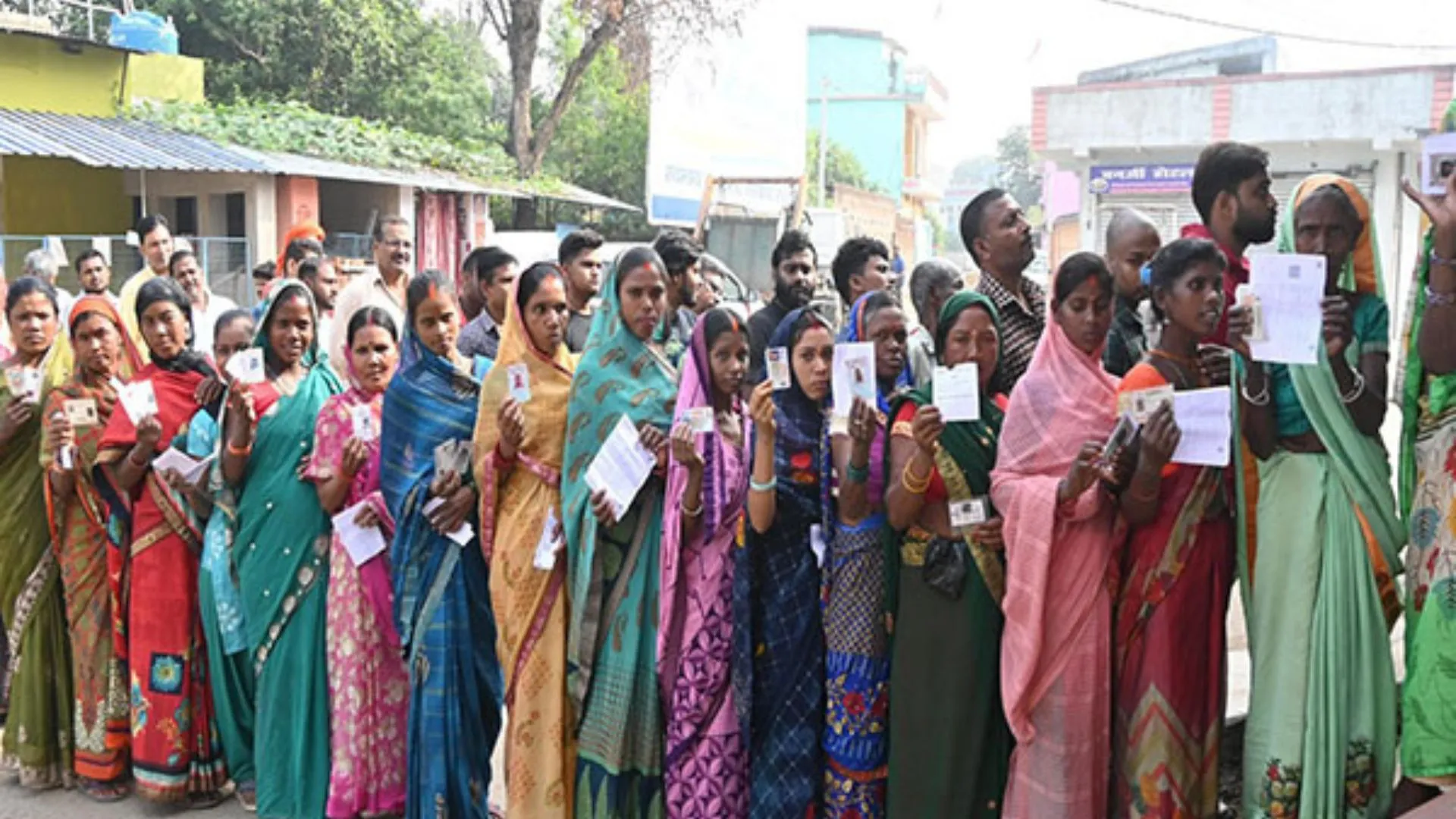Following the extensive use of firecrackers during Diwali, the air quality in Delhi-NCR has taken a nosedive. Despite the preceding heavy showers that temporarily ameliorated the Air Quality Index (AQI), the national capital witnessed a surge in air pollution on Monday, bringing back a hazy atmosphere. As of Wednesday morning, several neighborhoods in Delhi continue to experience air quality categorized as “severe.”
As per the Central Pollution Control Board (CPCB), the Air Quality Index (AQI) at 6 am today registered at 430 in Anand Vihar, 423 in Punjabi Bagh, 417 in RK Puram, 411 in Patparganj, and 413 in Rohini. Gurugram’s sector 51 recorded an AQI of 349, categorized as ‘very poor.’ In Indirapuram, Ghaziabad, multiple areas reported an AQI of 365. Noida and Greater Noida continue to grapple with ‘very poor’ air quality, with AQI surpassing 300 in various locations.
Despite a brief improvement post-rain, Delhi’s 24-hour average AQI, measured at 218 on Sunday at 4 pm, marked the city’s best air quality on Diwali in the last eight years. However, the relief was short-lived as Monday saw a spike in AQI, reaching 358, classified as ‘extremely poor.’ As reported by PTI, there were at least 1,776 instances of stubble burning reported in Punjab today. The concerning escalation in air pollution levels in Delhi during October and November is attributed, in part, to the practice of burning paddy straw in the states of Punjab and Haryana. As part of the conclusive phase of the central government’s air pollution mitigation initiative known as the Graded Response Action Plan (GRAP), stringent measures, including the prohibition of construction activities and the entry of pollution-emitting trucks into the national capital, will persist until further directives. This information comes from an official associated with the Commission for Air Quality Management (CAQM), a statutory body entrusted with formulating strategies to mitigate pollution in Delhi-NCR.


















